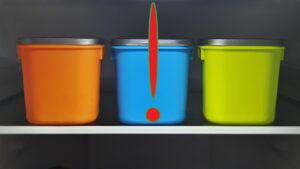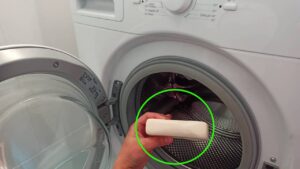Everyone Keeps Making This Mistake: Where Should The Tetra Pak Be Thrown Away?
Tetra Pak is a special kind of food packaging made up of cardboard covered with polyethylene and aluminum. It’s used to contain milk, fruit juices, broths, and other liquid products. This combination of materials makes recycling challenging. Normal recycling processes struggle to handle it effectively due to the different materials involved.
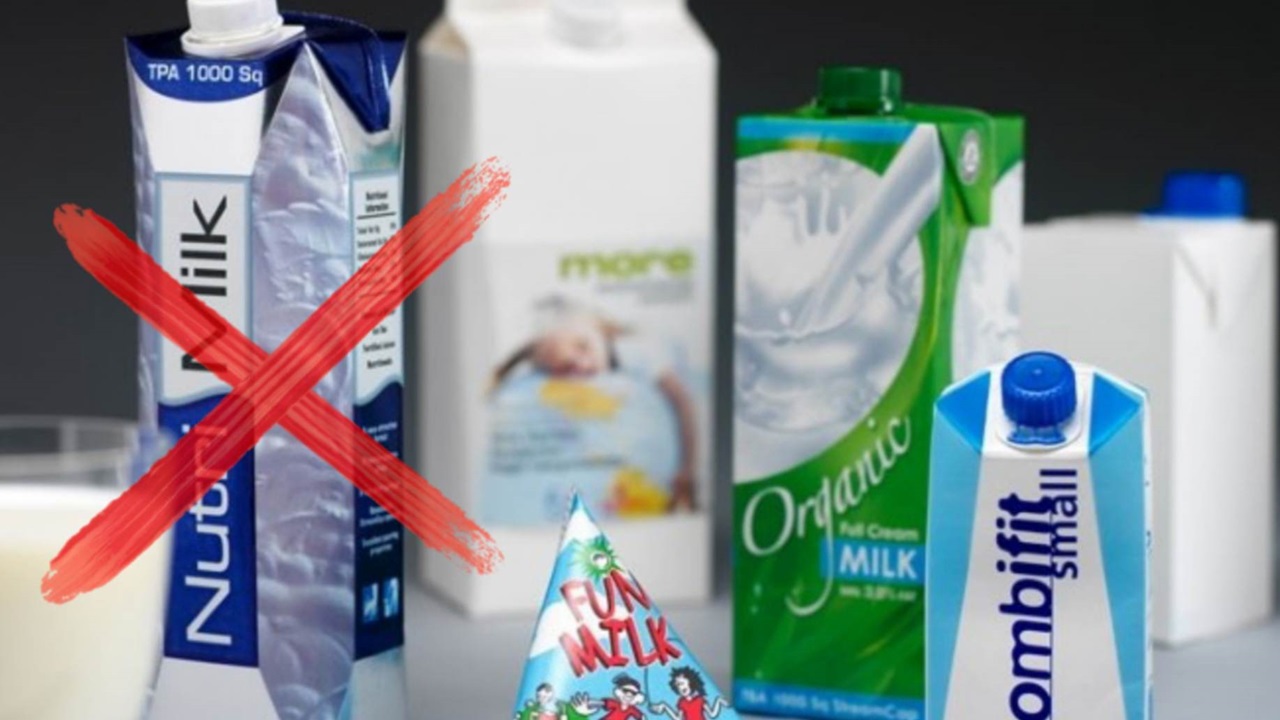
Each component of the Tetra Pak – paper, plastic, and aluminum – is recyclable. However, for efficient disposal, these materials must be separated. This separation process takes place in a machine that mixes the empty cartons with water to create pulp.
To recycle Tetra Paks properly, they should be sent to a specialized facility equipped to handle complex materials. These facilities are capable of separating the various components of the Tetra Pak, which are then transformed into raw materials for the production of new items.
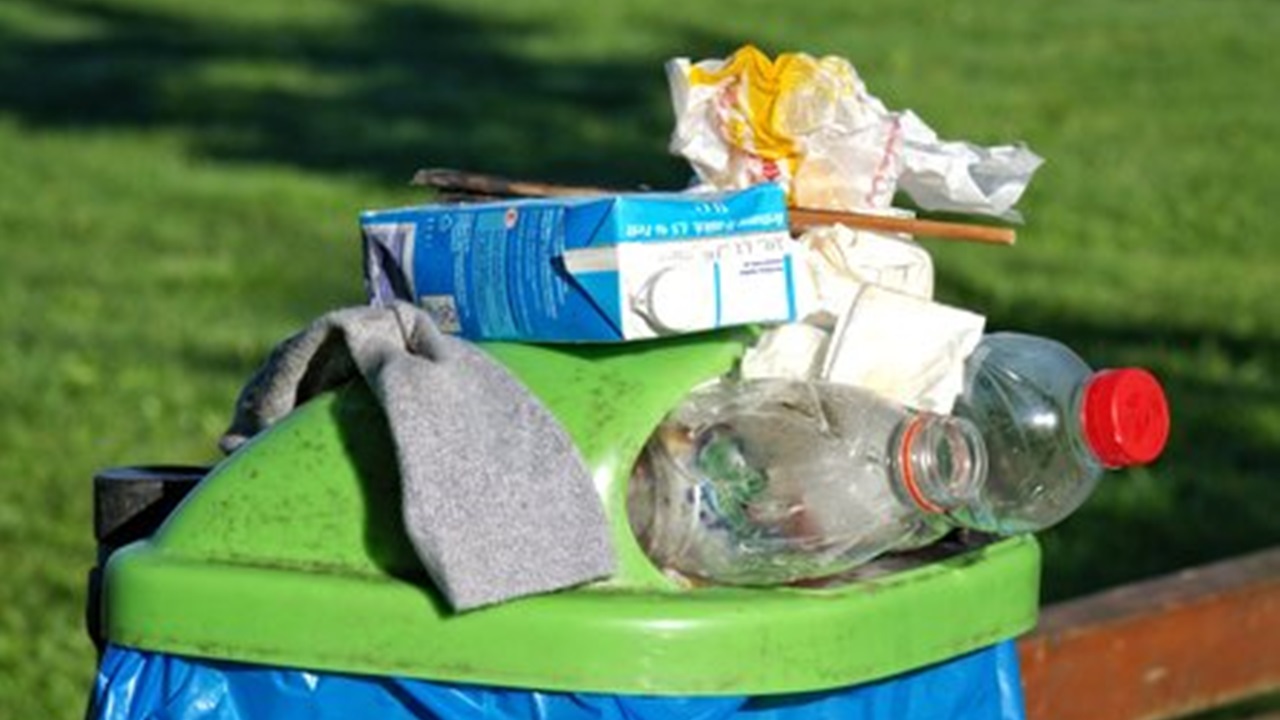
It’s a good idea to inquire with your local waste management about how to handle Tetra Paks. Check if there is a separate collection system for this material. If not, do not dispose of it in the regular trash. Alternatively, there are specific collection points for this material, where it can be taken for proper recycling.
Where to Properly Recycle the Tetra Pak
Before recycling this material, it must be cleaned and emptied of liquid residues. It is also helpful to remove any plastic caps and fold them to save space.
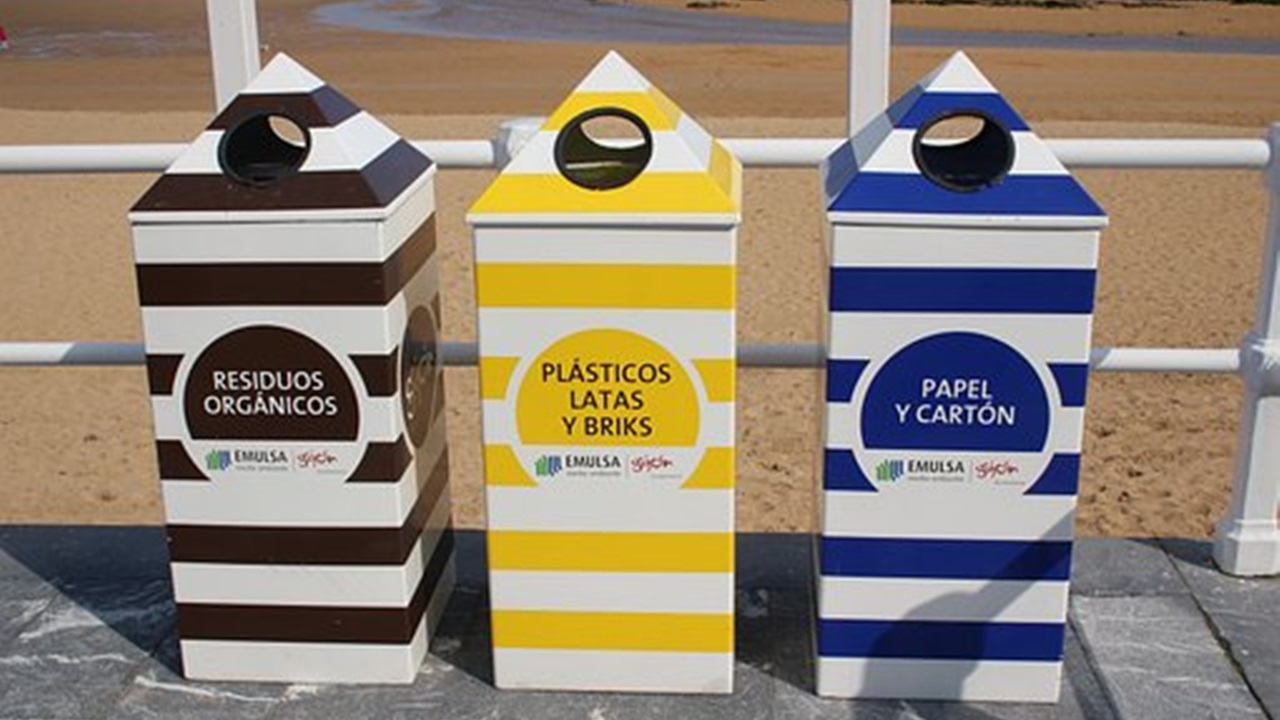
Recycling Tetra Paks benefits the environment. It reduces the generation of additional waste and conserves resources required for new packaging. Furthermore, it allows you to recover raw materials that would otherwise go to waste. This contributes to a cleaner planet and the preservation of valuable resources.
Regarding the actual recycling process, Tetra Paks should be disposed of in a separate collection designated for paper and cardboard, alongside other cardboard packaging, such as boxes and cartons. In some communities, you may also have the option to bring them to plastic collection points, though this option depends on the availability of local recycling technology.



